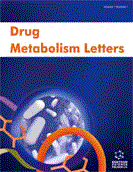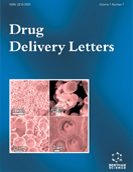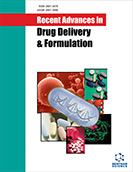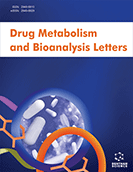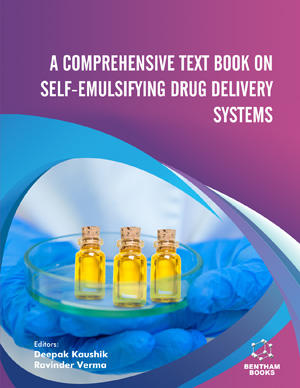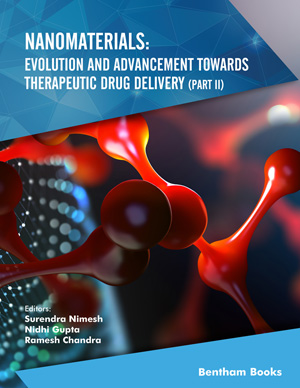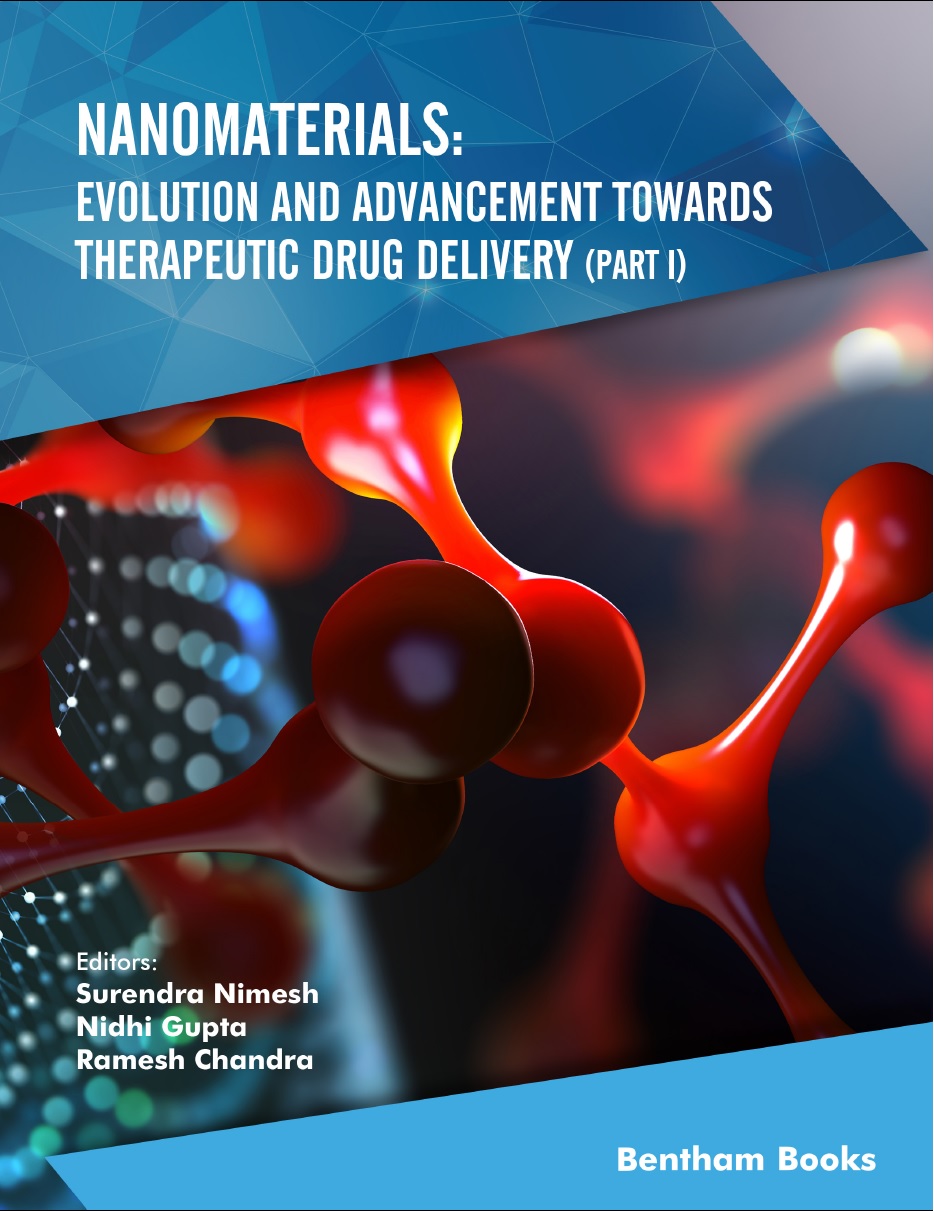Abstract
Fluorine- and chlorine-containing moieties have been strategically integrated into chemical structures to optimize the pharmacokinetic and metabolic properties of therapeutic agents, based partly on the concept that the addition of these substituents may lower microsomal clearance. A large-scale systematic mechanistic study of drug metabolic alteration by aromatic halogenation has hitherto not been possible due to the lack of either large clearance databases or adequate data mining tools. To address this, we systematically searched compound pairs in Pfizer's human liver microsomal clearance database of over 220,000 unique compounds to assess the effects of fluoro-, chloro- and trifluoromethyl-substitution on phenyl derivatives. Although the para-position fluorination and chlorination lowered the microsomal clearance statistically, the substitution at the ortho and meta positions for the studied fluorine- and chlorinecontaining moieties dramatically increased the microsomal clearance. More importantly, we found that changes in physicochemical properties, electronic properties, and specific binding of substrates to drug metabolizing enzymes, for instance, cytochrome P450s, are all determining factors that drive the direction of microsomal clearance when a specific series of compounds are studied.
Keywords: Cytochrome P450, drug design, drug metabolism, halogenation, microsomal clearance, pairwise analysis, trifluoromethyl moieties, sertraline, ezetimibe, antipsychotic drug
Drug Metabolism Letters
Title: Systematic and Pairwise Analysis of the Effects of Aromatic Halogenation and Trifluoromethyl Substitution on Human Liver Microsomal Clearance
Volume: 5 Issue: 4
Author(s): Hao Sun, Christopher E. Keefer and Dennis O. Scott
Affiliation:
Keywords: Cytochrome P450, drug design, drug metabolism, halogenation, microsomal clearance, pairwise analysis, trifluoromethyl moieties, sertraline, ezetimibe, antipsychotic drug
Abstract: Fluorine- and chlorine-containing moieties have been strategically integrated into chemical structures to optimize the pharmacokinetic and metabolic properties of therapeutic agents, based partly on the concept that the addition of these substituents may lower microsomal clearance. A large-scale systematic mechanistic study of drug metabolic alteration by aromatic halogenation has hitherto not been possible due to the lack of either large clearance databases or adequate data mining tools. To address this, we systematically searched compound pairs in Pfizer's human liver microsomal clearance database of over 220,000 unique compounds to assess the effects of fluoro-, chloro- and trifluoromethyl-substitution on phenyl derivatives. Although the para-position fluorination and chlorination lowered the microsomal clearance statistically, the substitution at the ortho and meta positions for the studied fluorine- and chlorinecontaining moieties dramatically increased the microsomal clearance. More importantly, we found that changes in physicochemical properties, electronic properties, and specific binding of substrates to drug metabolizing enzymes, for instance, cytochrome P450s, are all determining factors that drive the direction of microsomal clearance when a specific series of compounds are studied.
Export Options
About this article
Cite this article as:
Sun Hao, E. Keefer Christopher and O. Scott Dennis, Systematic and Pairwise Analysis of the Effects of Aromatic Halogenation and Trifluoromethyl Substitution on Human Liver Microsomal Clearance, Drug Metabolism Letters 2011; 5 (4) . https://dx.doi.org/10.2174/187231211798472575
| DOI https://dx.doi.org/10.2174/187231211798472575 |
Print ISSN 1872-3128 |
| Publisher Name Bentham Science Publisher |
Online ISSN 1874-0758 |
 44
44Related Articles
-
Synthesis and Preliminary Antihyperlipidaemic Activities Evaluation of Andrographolide Derivatives
Medicinal Chemistry Targeting DNA G-Quadruplex Structures with Peptide Nucleic Acids
Current Pharmaceutical Design The Pathophysiology of Heme in the Brain
Current Alzheimer Research A Novel Design of Combining the Angiotensin Converting Enzyme (ACE) Inhibitor Captopril with the Angiotensin Receptor Blocker (ARB) Losartan Using Homo Coupling via PEG Diacid Linker
Recent Patents on Cardiovascular Drug Discovery Pharmacological Innovations for Posttraumatic Stress Disorder and Medication- Enhanced Psychotherapy
Current Pharmaceutical Design New Insights Emerging from Recent Investigations on Human Group II Pyridoxal 5’-Phosphate Decarboxylases
Current Medicinal Chemistry Cancer Stem Cell Markers in Nasopharyngeal Carcinoma and Its Relevance for Therapy
Current Traditional Medicine Development of Radiolabeled Compounds for Myocardial Perfusion Imaging
Current Pharmaceutical Design Mending a Broken Heart: Bioengineered Patches and Scaffolds for Cardiac Repair
Recent Patents on Biomedical Engineering (Discontinued) Autophagy Dysfunction and its Link to Alzheimer’s Disease and Type II Diabetes Mellitus
CNS & Neurological Disorders - Drug Targets Polyphenols: Biological Activities, Molecular Targets, and the Effect of Methylation
Current Molecular Pharmacology Recent Advances in Asialoglycoprotein Receptor and Glycyrrhetinic Acid Receptor-Mediated and/or pH-Responsive Hepatocellular Carcinoma- Targeted Drug Delivery
Current Medicinal Chemistry Didehydro-Cortistatin A Inhibits HIV-1 Tat Mediated Neuroinflammation and Prevents Potentiation of Cocaine Reward in Tat Transgenic Mice
Current HIV Research Development of Novel Therapeutic Strategies for Lung Cancer: Targeting the Cholinergic System
Current Medicinal Chemistry Dietary Fatty Acids in Metabolic Syndrome, Diabetes and Cardiovascular Diseases
Current Diabetes Reviews Nanotechnology Based Theranostic Approaches in Alzheimer's Disease Management: Current Status and Future Perspective
Current Alzheimer Research Functionalized Nanocarriers for Enhanced Bioactive Delivery to Squamous Cell Carcinomas: Targeting Approaches and Related Biopharmaceutical Aspects
Current Pharmaceutical Design Potential Application of Silver Nanoparticles in Medicine
Nanoscience & Nanotechnology-Asia Cardiac Gene Therapy: Therapeutic Potential and Current Progress
Current Gene Therapy [TIC4]Endomorphins, Analogues of Endomorphins, Have Significantly Enhanced Vasorelaxant Effects in Rat Aorta Rings
Protein & Peptide Letters


